You know, after all this time you'd think it'd be easy enough to get a laptop right.
Good battery life. Great Screen. Excellent camera. Plenty of ports. Powerful performance.
It's not rocket surgery.
And yet, all too often we have to choose some of those things over others; for some reason, we rarely seem to be allowed them all in one package.
This year, I feel there's finally been a shift. It might have something to do with the ever-increasing prevalence of hybrid working conditions; we need a laptop that functions as a business tool, yet we also would like to be able to utilise it in our leisure time - be that streaming video, gaming or just chatting with family and friends.
In fact, HP has gone even further - its new range of ENVY and Spectre laptops tick almost every box...
Given my pick, I asked to have a look at the 13" ENVY x360 2-in-1 laptop, as it was promising about the best battery life of all the new devices and I really wanted to see if this little gem could live up to the hype.
Of all the features that consistently disappoint me when it comes to reviewing Windows-based laptops, battery and camera performance are the two at the top of my list of pet peeves.
Until so many people started working from home, most manufacturers didn't seem to care about camera quality at all - so we'll certainly cover that off with regards to the ENVY x360 shortly.
But first, I'll begin with the biggest pain point of all; the battery. Except here, finally, HP has achieved the previously impossible - respectable battery life. Apparently, this is mostly due to the new 12th Generation Intel Core i7 processor. I've been briefed extensively on exactly why this chip is so much more powerful, yet also more efficient than the previous generations and as usual, this highly technical and undeniably impressive information pretty much went in one ear and out the other.
I know it's got something to do with cores. There are 10 cores in play here to be precise - some more powerful (and therefore more power-hungry) than others. But now because many tasks can be passed onto the less demanding bits of the processor, less power is required - unless you're doing something more full-on like gaming, video production or manipulating 3D objects on screen.
At least, I think that's what they said.
Anyway, the important thing is, this is probably the longest-lasting laptop I've used to date. I never claim specific times for laptop battery life because it just varies so much depending on how you're using the device and what accessories you may have connected to it. What I can assure you is I've never had to plug it in to charge more than once a day in the couple of weeks I've been using it and for a Windows-laptop, that's saying something.
Now to the camera. If you've ever read any of my laptop or tablet reviews before, you'll know I'm constantly confused by how underpowered the video cameras always are. I've made the point repeatedly, so forgive me for dwelling on it, but most smartphones nailed this challenge years and years ago.
As I said earlier, I'm finally starting to detect a slight change in the wind here. Attending online meetings from home, streaming on social media and just communicating with contacts via video has become totally routine for many people and yet laptop video quality is often substandard, bordering on unusable. At least HP seems to have recognised this and the True Vision 5MP IR camera is a significant step towards where camera tech should really be in any laptop - let alone one that costs over $3000.00.
While the ENVY x360 2-in-1 laptop is thankfully relatively uncluttered with too much unnecessary, preinstalled bloatware, there is quite an interesting app called HP Enhanced Lighting. This is a simple tool that displays a bright, white circle on your screen when you're videoing or on a call. The idea is it acts as a kind of virtual ring light. A simple, user-friendly widget lets you adjust the thickness and brightness of the ring, as well as its temperature. You can also swap out the ring for side bars, horizontal bars top and bottom or an entire rectangle frame if that's your preference.
Obviously, this is nowhere near as effective as an actual external light but if you're joining a meeting from a hotel room in the middle of the night, it'll probably make a significant difference to what is already a pretty decent image. At least HP has been giving this some thought.
It's also clear AV collaborator Bang & Olufsen have put a fair amount of thought into how they've tuned the audio array too. Not only are the dual speakers, which are situated under the front edge of the lower panel, powerful and clear, the dual array digital mics do an excellent job of reducing background noise while keeping your voice at the forefront of your stream.
The laptop itself is slim and attractive in its Space Blue, although the slightly shimmery matte finish does seem to show my greasy prints a little more than I'd like. I'm impressed by the port selection - this is something else laptop makers seem to have realised we consumers actually prefer. There's a microSD reader, two Thunderbolt 4 with USB4 Type-C slots and two full-sized SuperSpeed USB Type-A ports.
I don't know if you're up with just how far USB technology has progressed - I know until recently I wasn't. That's why I attend the tech briefings on your behalf. Let's just say not all ports have the same capabilities and those new Thunderbolt sockets on this laptop are right up there... depending what you're plugging into them of course.
As with any HP convertible, the really fun part is converting it. This isn't just a laptop, you can bend it over backwards and use it like a tablet. And thanks to the latest Intel Iris X integrated graphics, you can also play some pretty decent games on this thing. If you do, why not plug in your controller and fold it into a tent configuration so the keyboard is out of the way and you can just enjoy the nice, bright 13.3-inch screen by itself.
No, there's not much you can't do with the ENVY x360 13 2-in-1 - the latest Intel Core processor means all the power you need, without sucking up too much battery. The camera is actually usable for a change and there are plenty of ports for plugging in all your favourite things.
Welcome to the new age of laptops that are finally focused on the hybrid worker.
Click here for more information and pricing on the HP ENVY x360 2-in-1 Laptop 13.
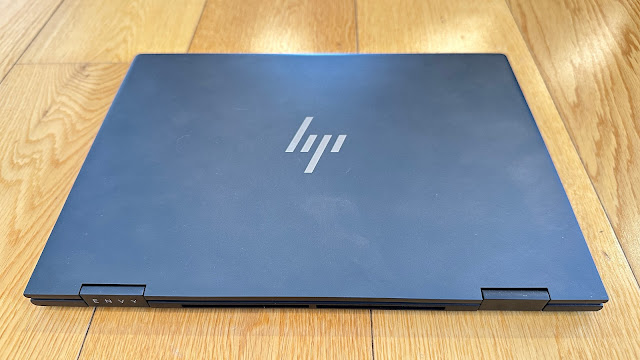






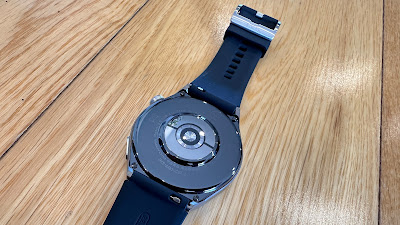
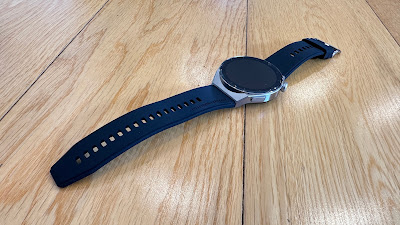
















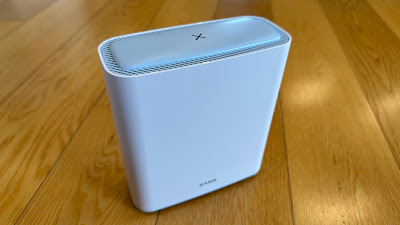

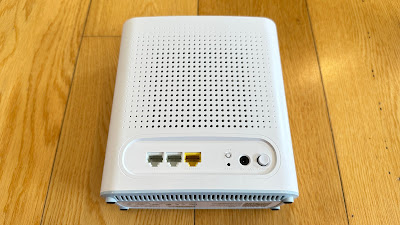
-4.jpg)
-5.jpg)
-6.jpg)
-4.jpg)
-3.jpg)
-1.jpg)
-2.jpg)
-5.jpg)